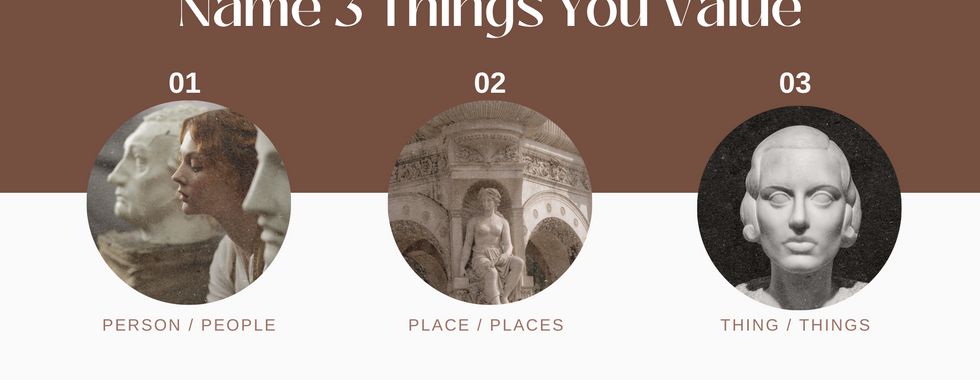What is Art, Anyway?: Answering the Obvious Impossible
- Kristin Fiorvanti

- Oct 4, 2023
- 3 min read
Updated: Jun 23
In an increasingly mechanical world, where creation is often repetitive, static, and even non-human, how can we define art? And in that sense, how do we define the role of creativity in the very fabric of society?

Is [art] simply the creative act of producing works such as paintings and music, which arouse emotions (works that even artificial intelligence can now produce)? Or is it something more, intrinsically connected to our being human? - Daphne website
Artists and researchers in neuroscience and technology came together this weekend in the beautiful park of via Carlo Felice in Rome to discuss the multifaceted question: what is art? To answer this question from a point of view as dynamic as the question, Daphne invited speakers and researchers across fields of neuroscience, technology, and fine and performing arts to tackle the question from all angles. Among those included were Giorgia Cecconi, Matteo Testi, Alice Valente Visco, Camilla Ribechi and myself.
Artist Trading Cards by Ana Ionescu, John Cabot University
The Workshop:
My workshop, titled "What Makes Us Human?," opened the event at 5PM. As participants made their way to the table, I began to remind myself of the goals I set for the that beautiful, sunny afternoon:
Encourage everyone in their ability to be creative.
Make the point that being innovative, resourceful and experimental is, in essence, what makes human creativity so valuable.
Provide opportunities to connect with others, and exchange stories.
Essentially what became important to emphasize within this workshop are human connection and innovation. As a person whose skill is recognized as artistic talent, any person that is nonchalantly envious, or comes to me with any doubt about their ability to create has, in my opinion, an undoubtedly wrong outlook on what art is --or at least what art can be.
My studies in Communications and at John Cabot University, especially since my transfer from art school last year, have reiterated this theme quite innocuously. I've learned that yes, we humans create, but then again, our creations create something new in us. No matter the intention of the creator, we absorb culture, interpret, regurgitate and repeat. What better way to highlight this cycle than making artist trading cards? --something its own creator, M. Vänçi Stirnemann, called cultural collaboration.
Since AI generated material have surfaced in the public realm, much of the academic discourse surrounds the authenticity and value of such works. Phase one of the workshop consisted of each participant reflecting on what they value. Then, by breaking the creative process down into simple elements, I led them through a 3-step algorithm that would ideally challenge them to communicate in abstract ways. Lastly, the group gathered around to discuss their series of trading cards with the rest of the group and offer up a trade or two. This final phase was, without a doubt, wholesome.

By the end, the group had relaxed in their chairs and settled in. There was a definitive shift in the mood that took place when we gathered in a circle. I was particularly pleased with the fact that many of them found the workshop to be therapeutic or cathartic, because I hoped to treat this workshop as an opportunity to simply reflect and create.
*Photography thanks to Guglielmo Zampaglione
After an aperitif and an exchange of trading cards, I set up my easel to do a second round of performance art in the square nearby. "BE MY EYES, BE MY HANDS" was an impeccable ending to an evening designed to bridge community and creativity at its very core, highlighting our precarious human nature, i.e. to interact and play with our senses.
Before you move on to my video essay, I want to conclude with a question (and an answer): You can't make art? Not only will I say that you unmistakably can, I will declare that you (whether you like it or not) have no other choice but to.
Stay Creative.
-K


































































Comments